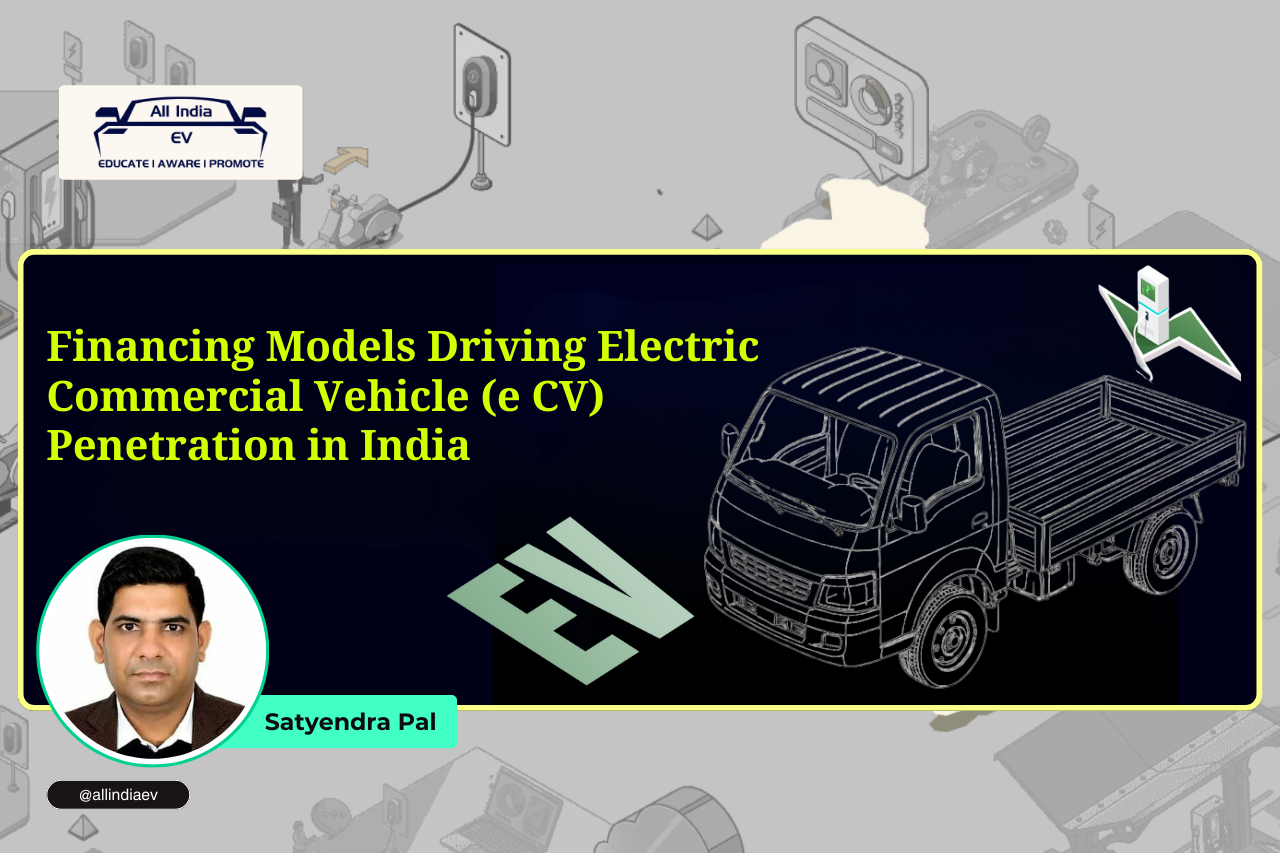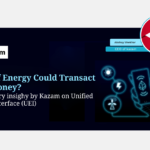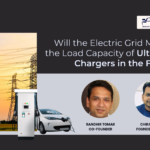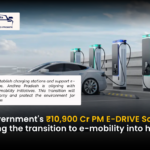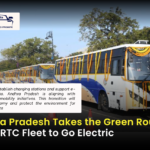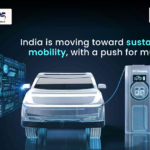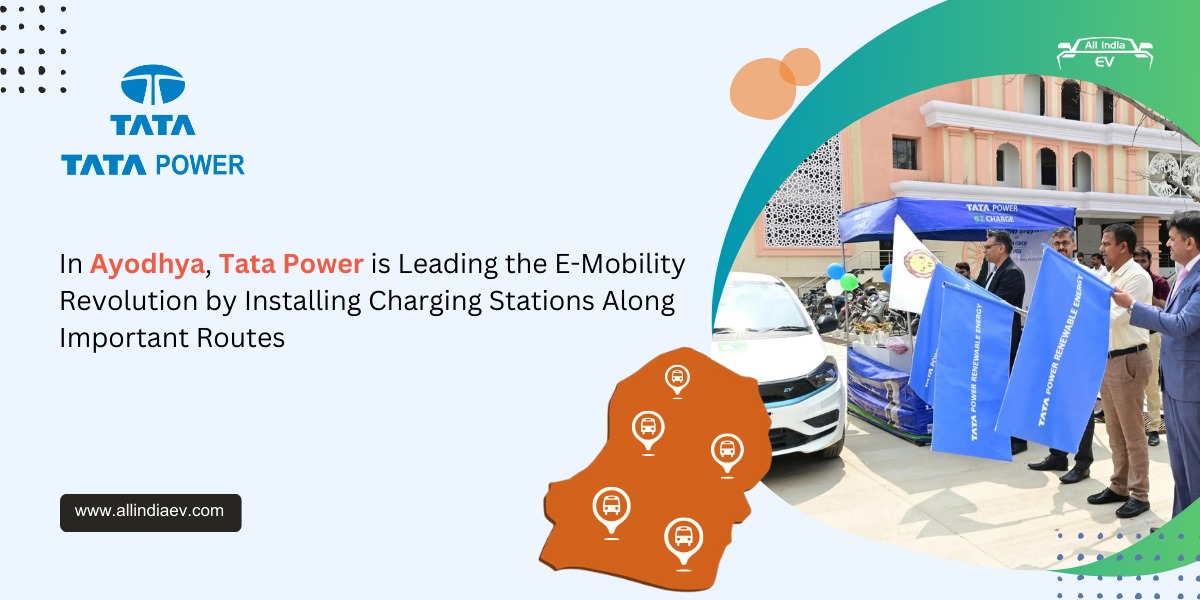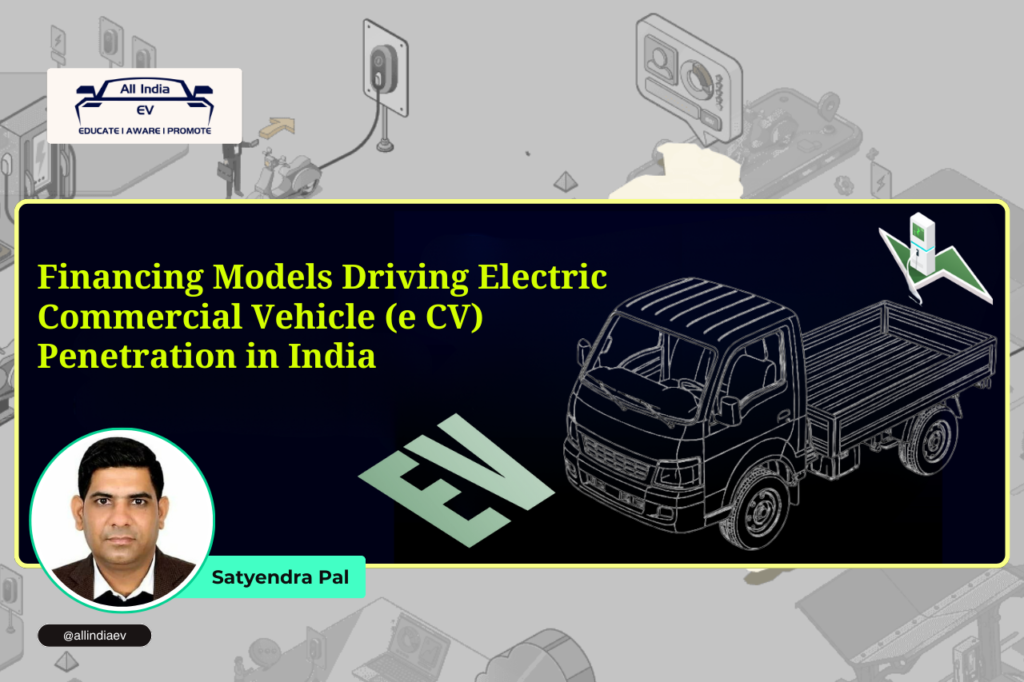
𝗛𝗼𝘄 𝗜𝗻𝗻𝗼𝘃𝗮𝘁𝗶𝘃𝗲 𝗙𝗶𝗻𝗮𝗻𝗰𝗶𝗻𝗴 𝗠𝗼𝗱𝗲𝗹𝘀 𝗔𝗿𝗲 𝗣𝗼𝘄𝗲𝗿𝗶𝗻𝗴 𝗜𝗻𝗱𝗶𝗮’𝘀 𝗖𝗼𝗺𝗺𝗲𝗿𝗰𝗶𝗮𝗹 𝗘𝗩 𝗥𝗲𝘃𝗼𝗹𝘂𝘁𝗶𝗼𝗻???
Why Financing Models Matter:
Even when total cost of ownership (TCO) is favorable, high upfront capex, battery risk, and uncertain resale values slow adoption of electric commercial vehicles (eCVs). Financing structures-Operating Lease, Finance Lease, and Subscription (incl. Battery-as-a-Service)- bridge this gap by aligning monthly outflows with revenue and shifting risk.
Operating Lease: –
An Operating Lease in the context of electric commercial vehicles (eCVs) is a flexible financing model where the fleet operator or business uses the vehicle for a fixed tenure by paying periodic rentals, without owning it. This model reduces the high upfront cost burden of eCVs, as the leasing company retains ownership and is often responsible for maintenance, insurance, and battery performance guarantees. It enables operators to adopt the latest eCV technology with minimal capital investment, manage cash flows effectively, and upgrade to newer models at the end of the lease, thereby accelerating the penetration of eCVs in India’s logistics and mobility sector.
Finance Lease: –
A finance lease in the context of electric commercial vehicles (eCVs) is a long-term financing arrangement where the fleet operator or end-user gains full economic ownership of the vehicle over the lease tenure, while the legal title remains with the lessor until the lease is completed. In this model, the lessee pays fixed monthly installments that cover the cost of the eCV along with financing charges, making it similar to a loan but without upfront capital blockage. At the end of the lease term, the lessee generally has the option to purchase the eCV
at a nominal value or assume full ownership, which makes it attractive for businesses aiming to build asset ownership, enjoy tax benefits, and leverage the lower operating cost advantages of electric vehicles.
Subscription/BaaS: –
The Subscription/Battery-as-a-Service (BaaS) model in electric commercial vehicles (eCVs) offers fleet operators and businesses a flexible, asset-light solution by eliminating the high upfront cost of vehicle ownership and battery purchase. Under this model, users pay a recurring fee for access to vehicles or batteries, which covers maintenance, charging, and upgrades, thereby ensuring predictable operating expenses and reduced financial burden. It allows fleets to scale quickly, optimize vehicle utilization, and adopt the latest battery technologies without worrying about depreciation or replacement costs. This model is particularly attractive for logistics, last-mile delivery, and shared mobility operators, as it aligns with their need for efficiency, lower total cost of ownership, and faster adoption of sustainable transport solutions.
| Model | Key Features | Ideal For | Risk Allocation |
| Operating Lease | Off balance sheet (Ind AS 116: right- of-use asset)3–5 yearsMaintenance + insurance bundled Residual value risk on lessor | 3PLs, corporate fleets, marketplaces needing flexibility | Tech & resale risk with lessor |
| Finance Lease | On-balance sheet (ownership intent)4–6 yearsLowest financing cost Residual & performance risk on lessee | Large fleets, long- term contracts, PSUs | Operator takes battery & resale risk |
| Subscription / BaaS | Pure Opex model12–36 monthsVehicle + battery + energy + service Battery swapping / fixed battery subscription | MSMEs, last-mile logistics, gig operators | OEM/operator takes battery risk; user pays fixed fee |
Policy & Market Signals:
- GST on EVs concessional; leasing/subscription treated as services under GST.
- State EV policies offer road-tax waivers, permit relaxations, and incentives.
- NITI Aayog & MoHUA emphasize battery-swapping and innovative financing for scale.
- Financing access is now a top focus area for India’s 2030 EV targets (30% share).
Quick Chooser:
✔ Fast scale-up, uptime SLA → Operating Lease
✔ Lowest financing cost, long-term use → Finance Lease
✔ Maximum flexibility, cash-flow certainty → Subscription / BaaS
👤 Satyendra Pal
Join All India EV Community


